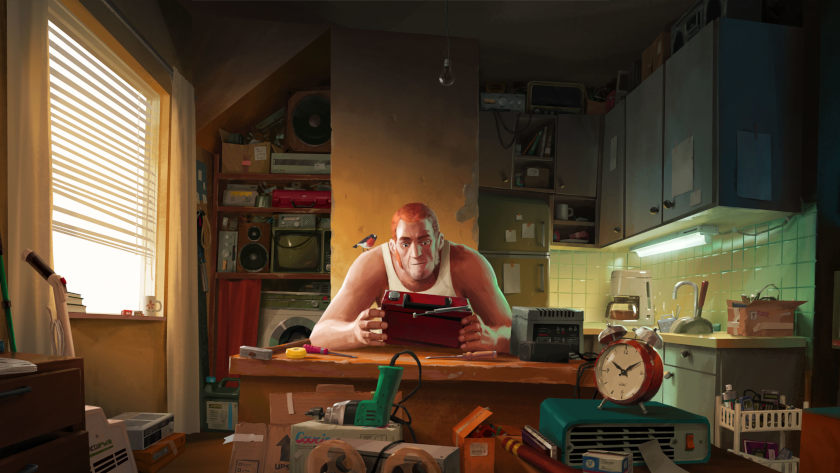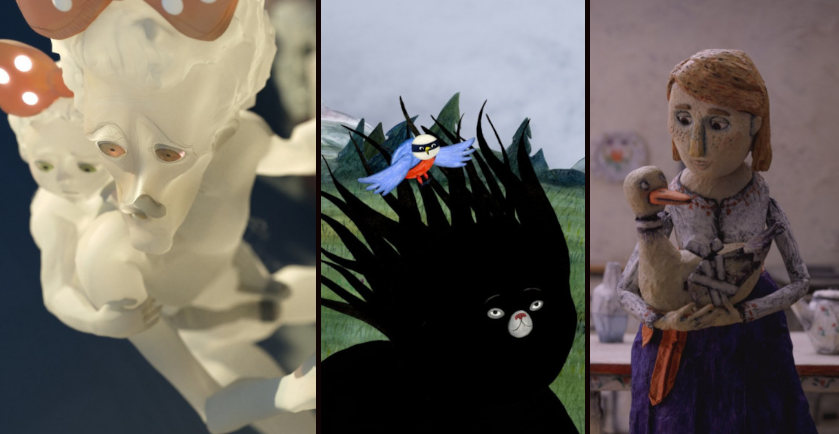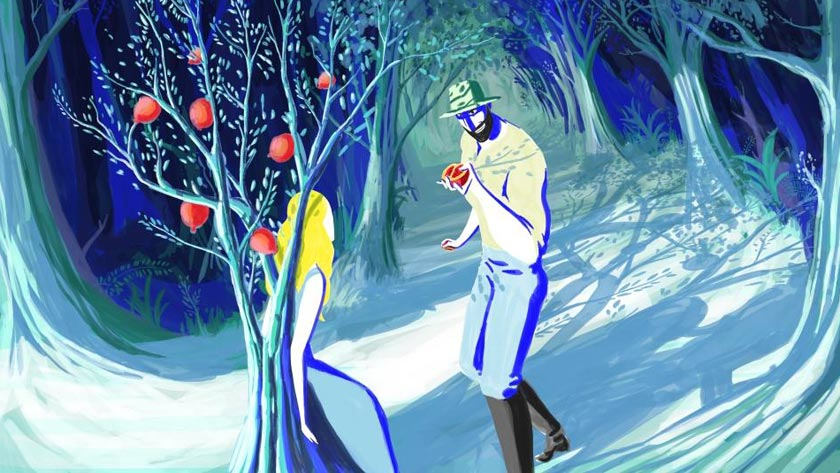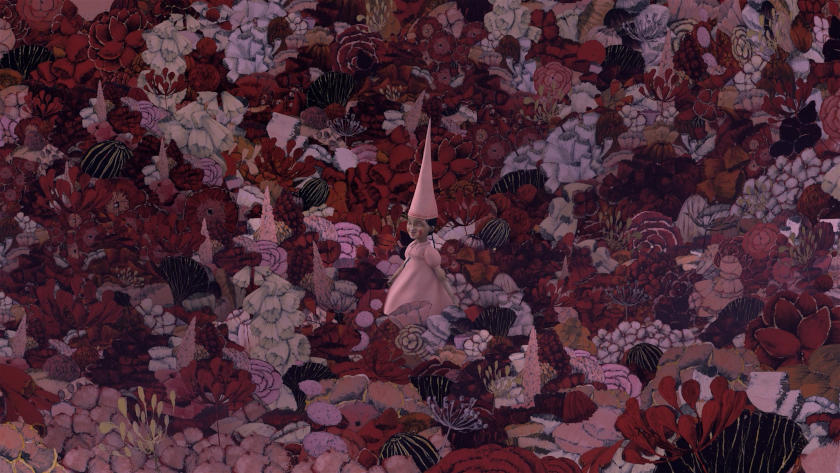Cafard Animation Feature on WWI: Interview with Jan Bultheel
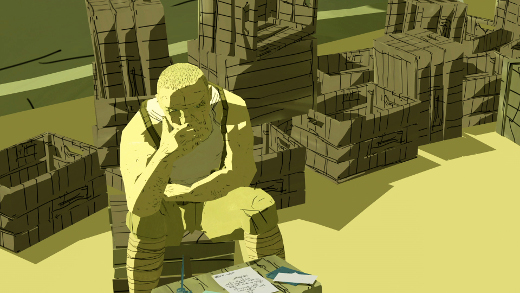
Cafard means cockroach, but is also a nickname for an armored car, the prestigious ACM, first ever armored car division, indestructible like a cockroach. The French expression 'J'ai le cafard' also means feeling blue, longing for home.
The new animation feature in production, Cafard by Jan Bultheel, with a career in commercials and short animated films, details a dramatic episode taking place in 1914. While Jean Mordant is winning the title of Wrestling Champion of the World, back home in Ostend his daughter Mimi is raped by German soldiers. Jean swears to avenge her and enrolls in the prestigious ACM, the first ever armored car division, yet he embarks on a a dramatic odyssey which will drag him around the world.
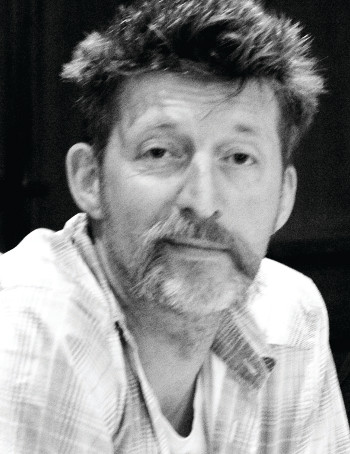 With a budget of 2,9 m. euros (a rather standard case for European animation features), Cafard is a motion-capture feature addressed to adults. Produced by Jan Bultheel's ownTondo Films, and co-produced by the Dutch Topkapi Films, the French Superprod , and the Belgian/French Tarantula production company, the Belgian feature has already been pitched at the 2013 & 2015 European Cartoon Movie .
With a budget of 2,9 m. euros (a rather standard case for European animation features), Cafard is a motion-capture feature addressed to adults. Produced by Jan Bultheel's ownTondo Films, and co-produced by the Dutch Topkapi Films, the French Superprod , and the Belgian/French Tarantula production company, the Belgian feature has already been pitched at the 2013 & 2015 European Cartoon Movie .
The production is now prepared to send the film and apply for a competition slot in the 2015 Cannes Film Festival. Jan Bultheel gives an interview to Zippy Frames. Read below and watch the trailer for the new film in production:
ZF: What motivated you to write and direct an animated feature on WWI? Which were your sources (literary work, biographical or other), and why did you choose to express a story of personal revenge as an epic odyssey through various nations and times?
Jan Bultheel: Of course, the commemoration of WW1 in 2014/18 was an element, but I was born and grew up in Veurne (Furnes), a small town between Ypres and De Panne, that was in the center of the Belgian resistance during WW1. During my childhood innumerable monuments and military graveyards were all around me.
By accident I came across 'Reizigers door de Groote Oorlog', (Travellers through the Great War) the book by Professor A. Thiry and Dirk Van Cleemput, that tells the story of a very special, very secret, very expensive and highly modern division of Belgian armored vehicles: the ACM: Automobiles Canons Mitrailleurs.
The first ever military division of tanks or 'blindés' as they were called. The dramatic irony of their story is that being the big hope of the Belgian Army, these elite troops achieved virtually nothing, but traveled around the world during four dramatic years to get back in Belgium as the war ended.
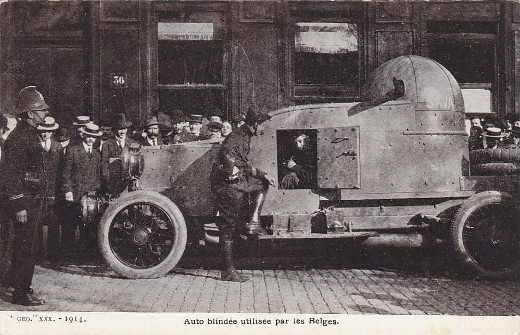
Of course their story was not glamorized after the war and it was almost completely forgotten. It couldn't illustrate better the nonsense, absurdity and futility of the 'Great War', and by extension of every war. But all the same the 350 volunteers of the ACM were the unique eyewitnesses of some of the most dramatic events that changed the history of the world: World War One not only at the Western Front but also at the Eastern Front, the Bolshevik Revolution and the demise of the Russian Tsarist Regime, Mongolia and China, when they were still closed to foreigners and even the American Propaganda war, that misused the ACM to draft volunteer soldiers.
But I am not a documentary maker ;-) and so I wrote a fictitious story against this historical backdrop. The story of Jean Mordant is the story of a man who evolves from a romantic 19th century idealist into a cynical but self-conscious 20th century world citizen.
Because that's is exactly what this great war has done to us, Europeans, I think. His personal vendetta - his daughter is raped by German soldiers - evolves into acceptance and resignation and finally - his daughter was pregnant and had a child - in taking his responsibility for his grandson, son of his enemy.
Although the core of the story is very dramatic, there is still a lot of humor, comradeship and even romance. So it is not all dark and gloomy! At the end there is hope for the future.
For me the story of Jean Mordant is a universal story of a man trying to cope with the adversities of life. Although he is a popular sports hero, a world champion, admired and revered by everyone, he is also vulnerable, indecisive and weak. An anti-hero who wants to protect his daughter by taking revenge, by exactly doing what he shouldn't.
ZF: How difficult was it to finance and produce an animation project that is not primarily addressed to children? Cartoon Movie is a first step, but was this the catalyst for the film's financing future?
JB: Of course, Cartoon was a catalyst, but also the very favorable Flemish film financing funds were key to the Cafard financing : the Flemish Audiovisual Fund - VAF - seed funded the film and supports the production. We were very lucky to be able to apply to the brand new 'Screen Flanders' economical support. And of course the Belgian Tax Shelter meant a world of difference as ever.
We didn't have any particular difficulty to find co-producers and international support for the film because of the adult audience target. On the contrary there is a recent tendency in Europe to produce adult animated features. Waltz with Bashir proved that there is a market for films with difficult topics and interesting graphics. And everybody must agree that the competition with the Pixars, Disneys and Sony Entertainments of mainstream family entertainment is just very difficult.

European animated features can give just that little 'je ne sais quoi' that couldn't come from overseas ;-) Fortunately for Cafard this opinion was shared by Media and Eurimages.
ZF: The scenes already completed show a remarkably stylistic coloring: different scenes have an almost monochromatic (but different) color palette. Would you tell us more about this?
JB: That is just the way I see the scene. I am an amateur 'oil on canvas' painter and I am convinced that colors have a dramatic 'load'. A scene in a yellowish tint is completely different from the same scene in blue. A very happy scene in green holds a dramatic warning. Or a very sad scene in orange gives a glimpse of hope.
A scene in the snow can be colored in brown, without you noticing it and a scene in the mud can be whitish in a way you accept it. I strongly believe in the force of colors to communicate a very precise message. At least that is my aim with Cafard.
ZF: You chose mo-cap to animate film, and there will also be 3D in the finished film. Would you let us know what advantages mo-cap offered to your project, and detail the animation stages (and your animation crew as well)?
JB: It is a long story actually. Before I started Cafard I did a film for a theatre company where I experimented with the mocap technique. The actors wanted to interact with virtual imaginary characters, projected on a backdrop screen. With only three days of mo-cap recording and 6 months of postproduction, I managed to produce over 90 minutes of crude animation.
Together with Peter Paul Milkain - my 3D technical assistant - we developed an artistic style and a workflow that was easy, fast and very efficient. It still is this basic method we are using now, though it is much optimized with better models, better rigs and skinning, facial mo-cap and most of all with a nuclear team of very talented computer graphic specialists.
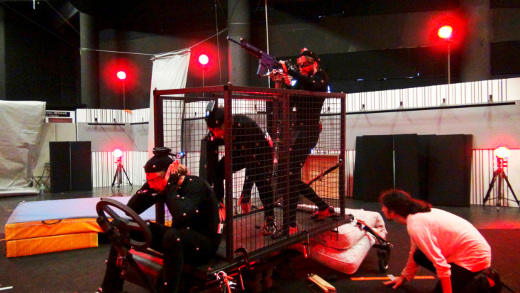
Mo-cap is really handy if you're looking for a realistic style. You have to have some experience though with working with actors. This is a completely different approach than directing animators in a studio. But I worked with actors in the past and really love the discussions, the input, the tryouts and all the hassle that it involves. It enriches your story.
Phase number one: We prepared the basic models, rigged and skinned them in preproduction. The usual story.
Phase number two: We recorded the mocap and the dialogue with our 5 main actors during 15 intensive days in studio Solidanim in Angoulême (Fr). The processing of these recorded data takes a considerable time before you can actually use them in a scene.
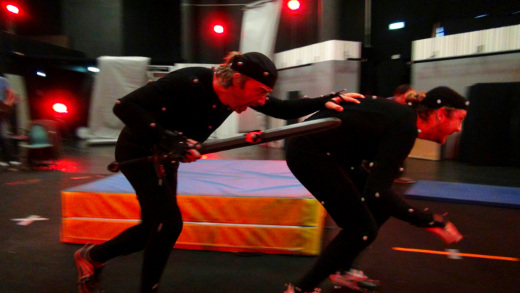
From the moment we got our first workable data, we made a mock-up of the scenes decor and placed the respective characters with their dialogue in MotionBuilder. We put cameras and camera moves and clipped the recorded sequence in different shots. After five months, the film is completed in a very rough way and with a very uninspired look. The animatic actually looks like a bunch of grey Barbie dolls walking through a grey Lego landscape. But all the same this is the basis for the film editing part that now follows.
Once the edit is locked, phase number three follows: finalizing the modeling and texturing of the definitive backgrounds and props, mocap cleaning, animation, facial mocap, lighting, FX, finalization. Phase four: post-production.
I am very lucky to work with a great team of very motivated 3D Artists and Technical Directors, who have embraced this project as their own: Stijn Valkenborgh, Pieter Swusten, Bram Van Quickenborne, Andre Ferwerda and last but not least already mentioned Peter Paul Milkain. We are all free-lancers working mostly from home with Dropbox and skype. That's all there is to it. A real indie production.
ZF: You have studied under animation master Raoul Servais. What do you think of the current status of European animation compared to the 60s-70s animation masters, and whether technology has changed all that? Is is easier to pursue animation feature projects that deal with more adult topics?
JB: I think a lot has changed for the better! If I am doing my first animated feature now in Flanders, a small region in a small country, it is thanks to that recent technology boost. Faster computers, bigger hard drives, faster Internet ... It all comes down to being able to produce a feature with less people, less time, less money, but with more inspiration, more creativity and more technically feasible solutions.
When I was in school with Raoul Servais, everything was a problem: animating on a lightbox, line tests, coloring on cells, shooting on 16mm, editing on a Steinbeck. Everything was a burden. Now you can animate your film on a laptop lying in your hammock on the beach. That's the difference. Everyone can make an animation movie now, but no-one wants to pay to see it! I am impatient to see the next revolution happening: new ways of distribution to get the film to those who want to see it, and want to pay for it !
ZF: You have worked on live-action works, successful commissioned works, tv series and theater plays. Do you think that an artist nowadays cannot confine himself/herself to a single art to find inspiration, or is this is just a personal creative tendency of yours?
It's better to be open and versatile, to try things out, to experiment, to evolve, to set yourself challenges. Maybe like Obelix, the famous Gaul, I fell in the magic cauldron when I was a baby. ;-) I don't know.
ZF: What is the future of Cafard? Do you have a completion date and festival premiere/distribution yet?
The film will be completed in March 2015. We aim for a world premiere in Cannes a few months later. Wild Bunch is distributing the film in the Benelux, and Eurozoom in France We are working on a graphic novel, a Moving Comic and maybe even an expo. I am already working on a second script and have an embryonic idea for a third. But first things first...
CREDITS
Film Title: CAFARD (original + international title)
Author: Jan Bultheel, Screenwriter, Director and Graphic Designer
Producer: Arielle Sleutel
Production company: Tondo Films (Belgium Flanders)
Co-producers: Topkapi Films (Netherlands), Superprod (France), Tarantula (Bel Fr)
Cast: JEAN / Wim Willaert, VICTOR/ Sebastien Dewaele,
JELENA/ Dinara Drukarova, GUIDO/ Maarten Ketels, EDUARD / Benoit Gob
Star french dub: Matthias Schoenaerts
Partners: VAF, MEDIA, NFF, CCA, CNC, Screen Flanders, Region Poitou Charentes ,
Wild Bunch, Eurozoom, Orange, Canvas, Prime, Fortis Film Fund,
Eurimages.
Animation technique: actors play by motion capture, low poly 3D, game techniques
Length of the film: 90'
Budget: 2,9 mio euro
Completion: March 2015 - Release date: Festival Cannes 2015 (tbc)
Artistic crew:
Motion Capture: Emmanuel Linot / Solidanim (F)
Camera & Lighting: Pter Paul Milkain
Lead animator: Stijn Valkenborg (B)
Character animator: Bram van Quickenborne (B)
Production designer: Andre Ferwerda (Nl)
Technical Director & FX: Pieter Swusten (B)
Facial tracking: Vincent Percevault / Game Audio Studio & Solidanim (F)
Editor: Nico Leunen (B)


